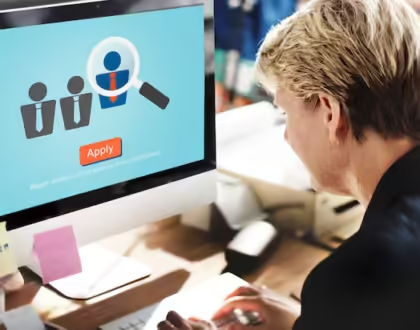Personalization in Email Marketing: A Game Changer
by Web Digital
In the world of email marketing, one strategy has emerged as a true game changer: personalization. As technology continues to evolve, consumers expect more tailored experiences, and personalization is the key to meeting those expectations. This article delves into the intricacies of personalization in email marketing, offering insights, strategies, and best practices.
The Power of Personalization
It’s about creating emails that are relevant to each individual based on their preferences, behaviours, and demographics. When done right, personalization can significantly impact email open rates, click-through rates, and conversions.
Understanding Your Audience
The foundation of effective personalization is understanding your audience. Build detailed buyer personas that encapsulate the characteristics, interests, and needs of your target customers. The more you know about your audience, the better you can tailor your email content to their preferences.
Segmentation
Segmentation is the cornerstone of personalization. Consider segmenting by location, purchase history, browsing behaviour, and engagement level. This allows you to send highly relevant content to each group.
Dynamic Content
Dynamic content is a powerful personalization tool. It enables you to display different content within the same email based on the recipient’s characteristics or actions. For example, you can showcase products that are similar to what a customer has previously purchased.
Behavioural Triggers
Use behavioural triggers to send automated emails based on actions or inactions. For instance, if a subscriber abandons their cart, you can send a reminder email with the items left in the cart. Behavioural emails can re-engage customers and boost conversions.
Personalized Subject Lines
Craft subject lines that pique the recipient’s interest. Reference their name, location, or previous interactions with your brand. A personalized subject line can increase the chances of your email being opened.
A/B Testing
A/B testing is essential to refine your personalization efforts. Experiment with different personalization elements, such as product recommendations or content variations, to determine what resonates most with your audience.
The Right Timing
Timing matters in email marketing. Use data to determine when your recipients are most likely to engage with your emails.
Content that Speaks to the Recipient
Share product recommendations, blog posts, or promotions that align with their preferences.
Personalized Recommendations
Leverage AI and machine learning to provide personalized product recommendations. Analyze a customer’s browsing and purchase history to suggest products they’re more likely to buy.
Customer Feedback
Pay attention to customer feedback and use it to improve your personalization efforts. If a recipient provides information on their preferences or dislikes, take that into account when sending future emails.
Privacy and Data Security
Respect privacy and data security regulations. Customers are more likely to trust brands that handle their data responsibly.
In conclusion, personalization in email marketing is a game changer. It’s the bridge that connects businesses with their customers on a personal level, building trust and driving engagement. By understanding your audience, segmenting your list, using dynamic content, and continuously refining your approach, you can harness the power of personalization to transform your email marketing efforts. In an era where customer expectations are at an all-time high, personalization is no longer an option but a necessity. It’s the key to creating meaningful connections and achieving remarkable results in the world of email marketing.
Recommended Posts

Healthcare Marketing in Whitby: Building Trust Online
December 3, 2024

Email Marketing Tips to Grow Your Wallaceburg Customer Base
December 2, 2024

